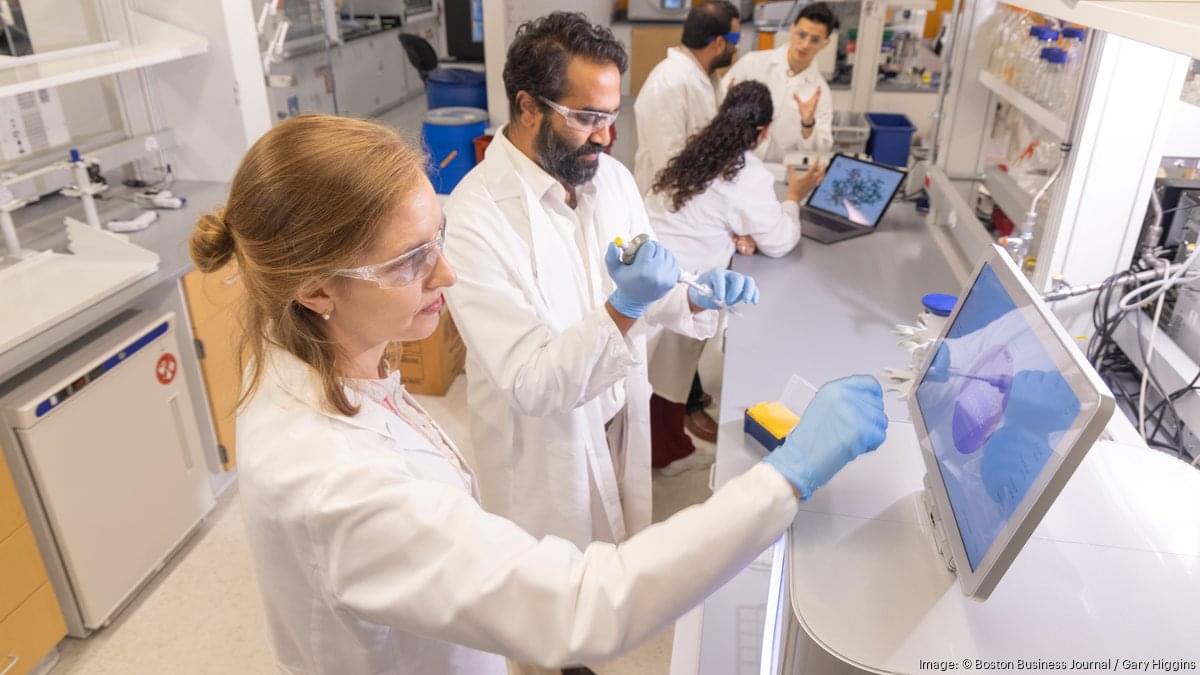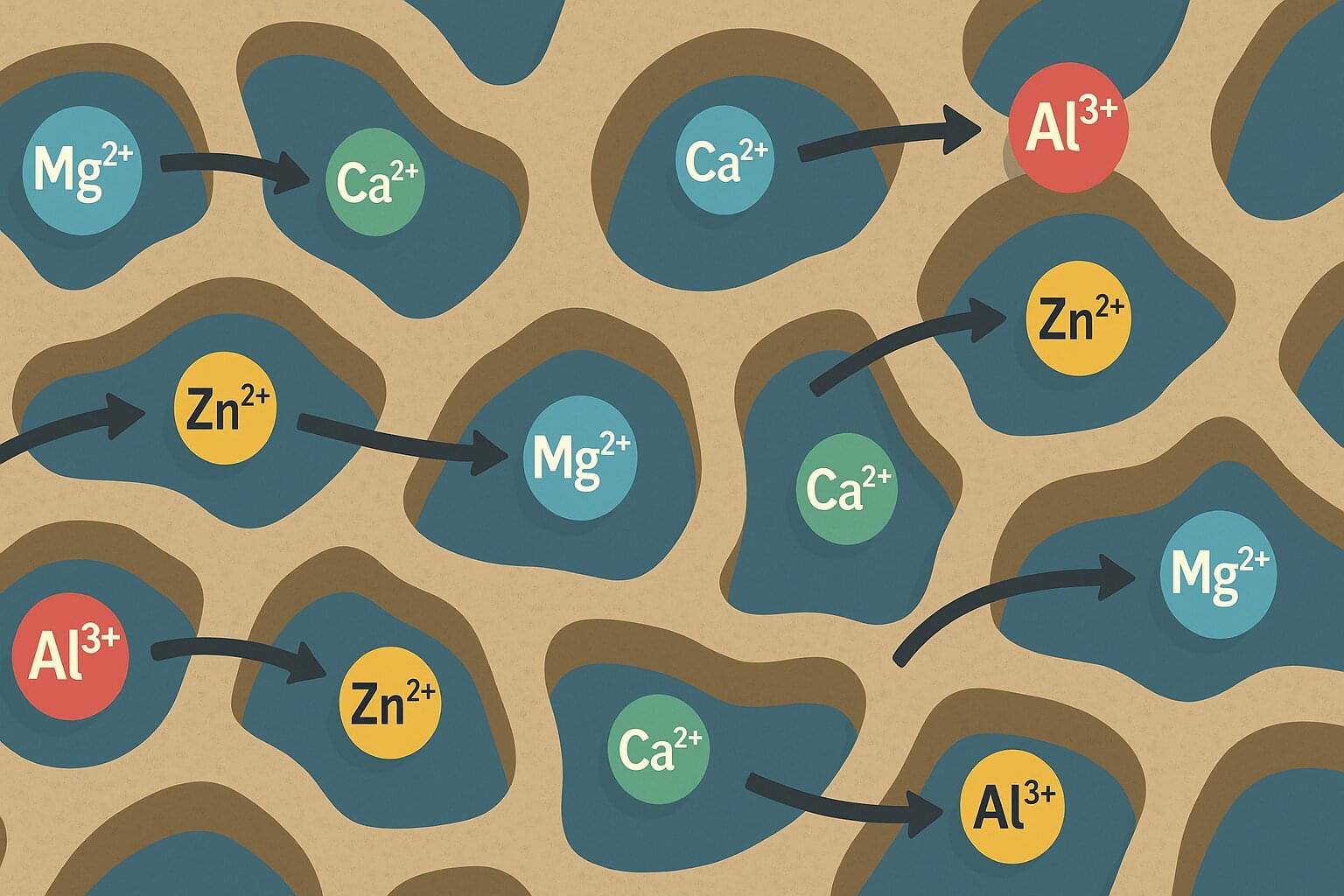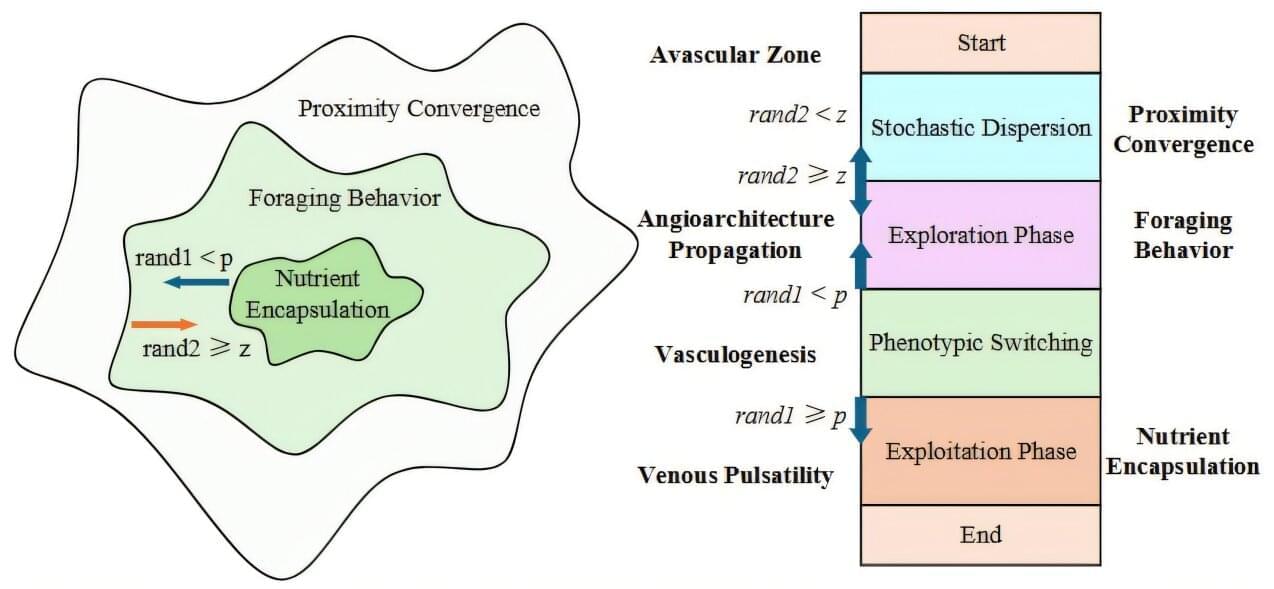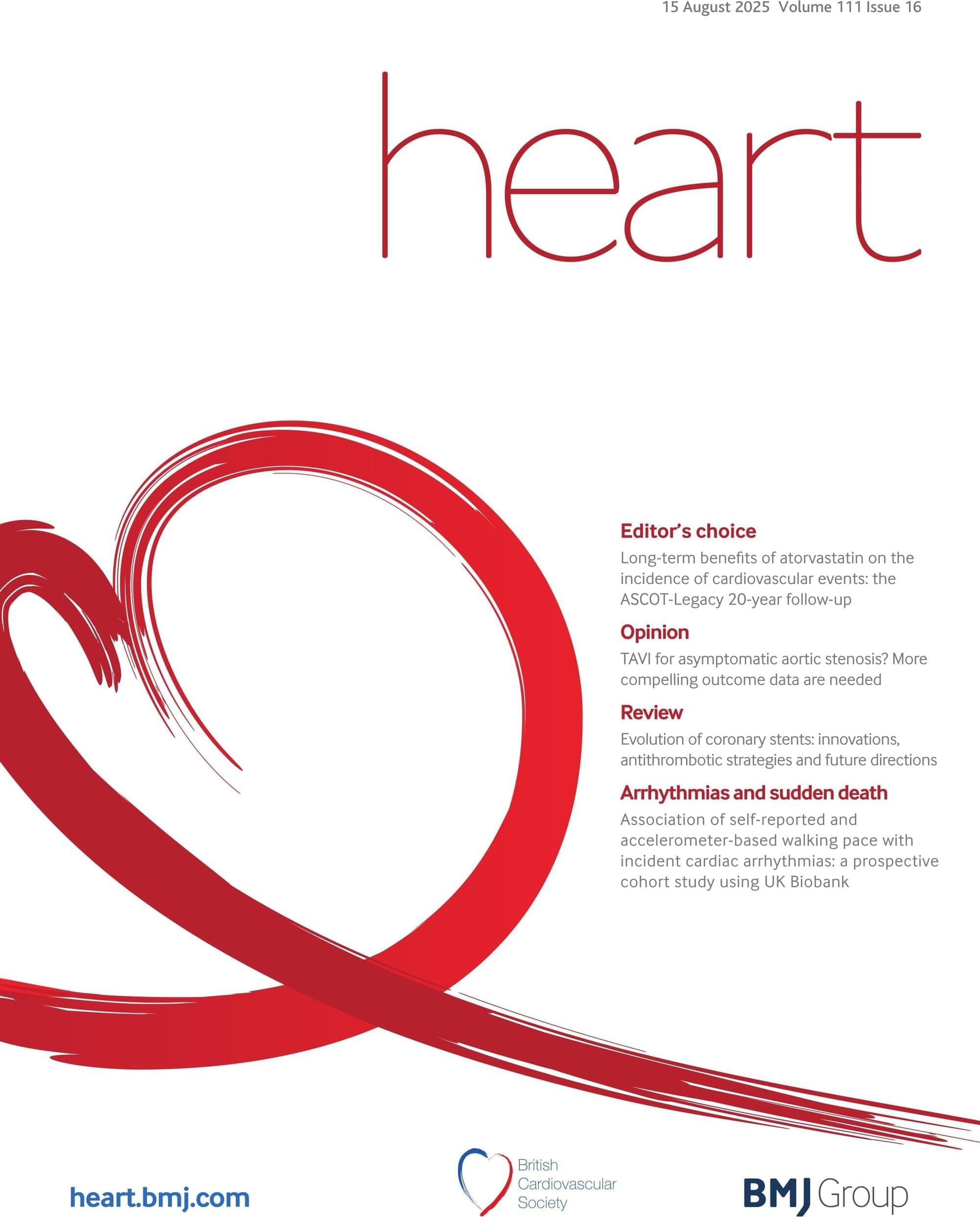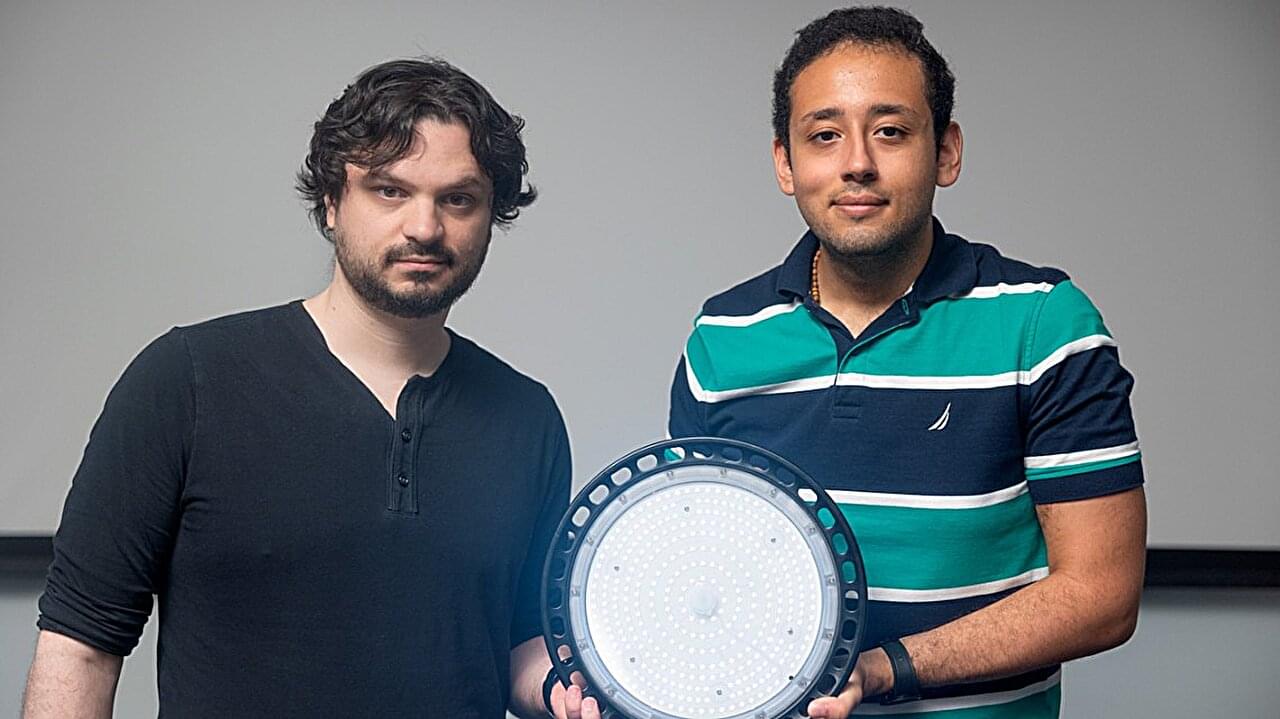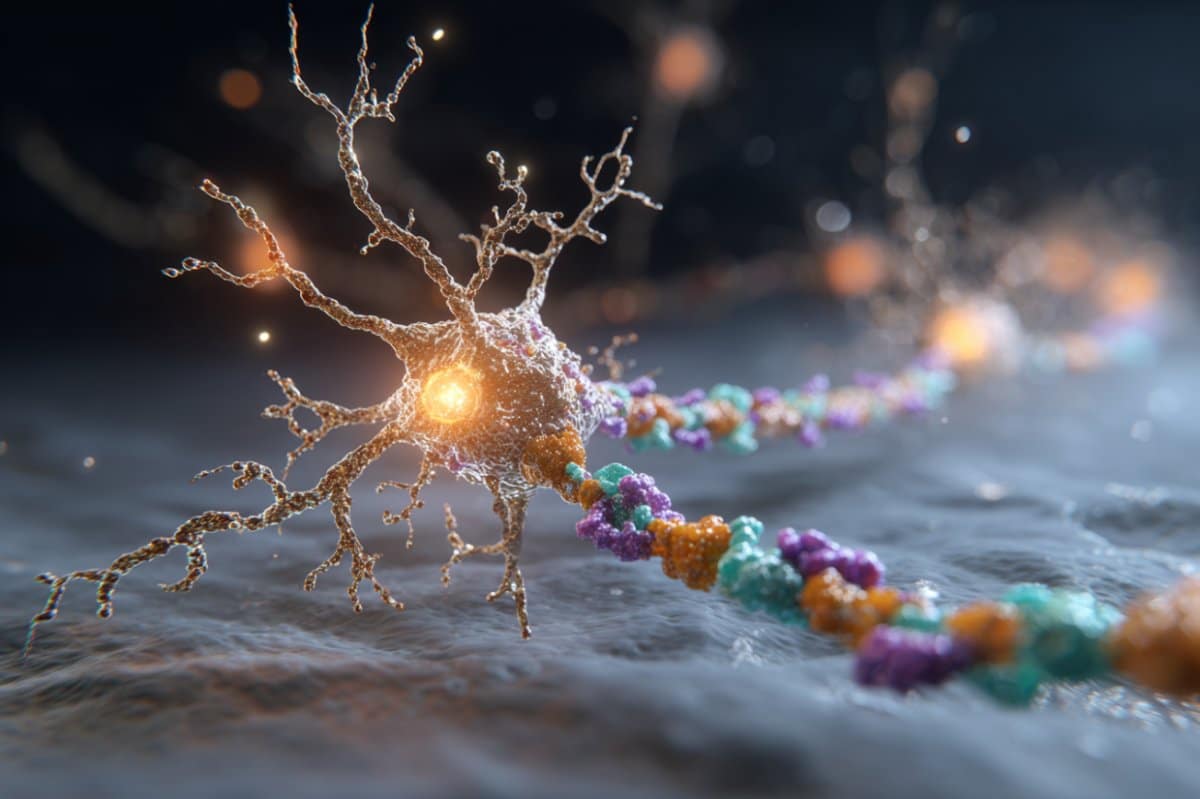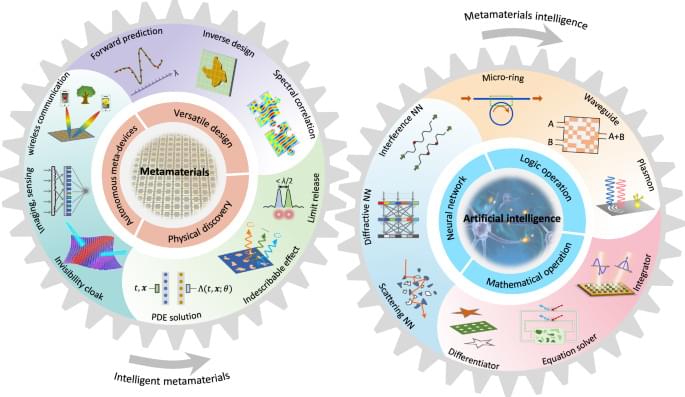Health officials are sending a warning to residents in Gulf Coast states after eight people are dead from the flesh-eating bacteria called Vibrio vulnificus.
On Thursday, July 31, the Louisiana Department of Heath confirmed 17 cases of the flesh-eating bacteria this year, all of which resulted in hospitalizations. Additionally four cases resulted in death. About 75% of those cases were due to wound infection via seawater.
Additionally, the Florida Department of Health confirmed 13 cases and four deaths from Vibrio this year. Both Mississippi and Alabama have also reported single cases, neither fatal.

